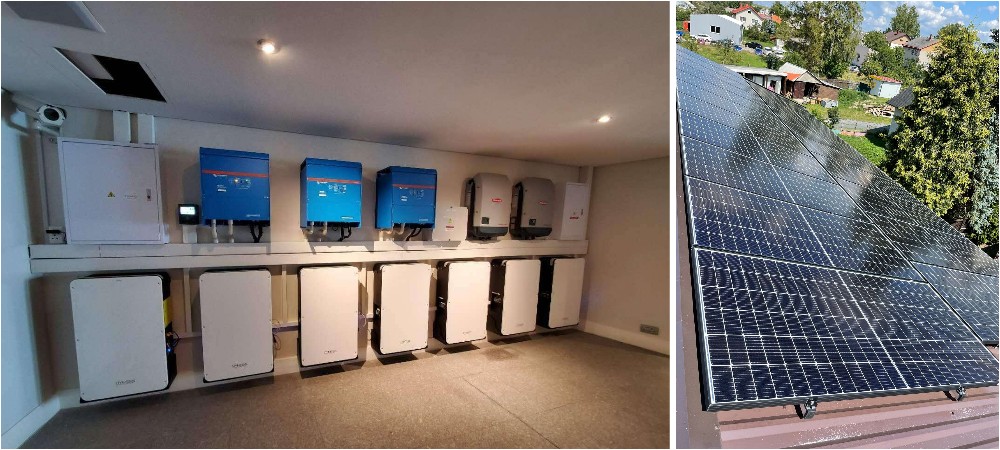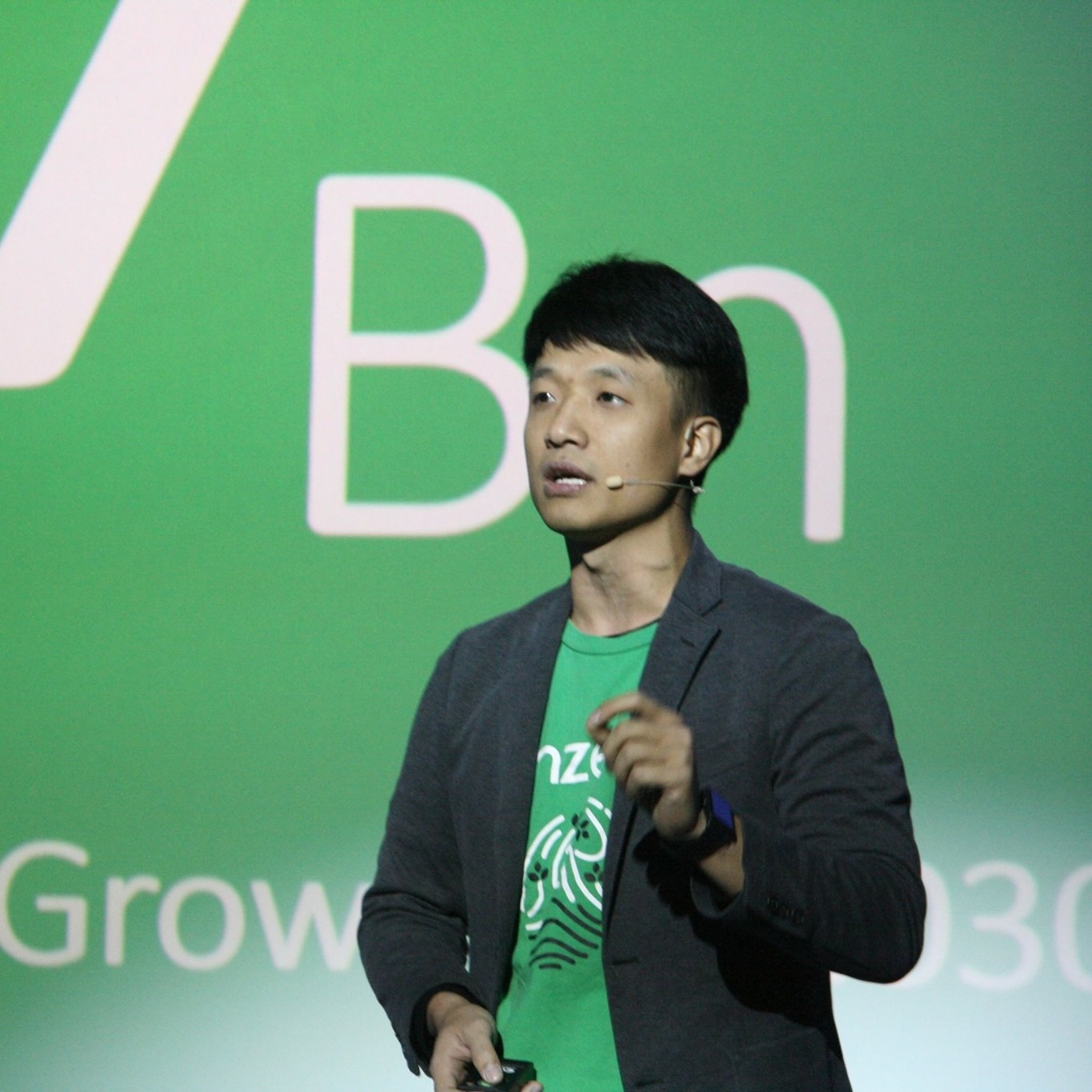From residences to offices, skyscrapers, and beyond, most buildings rely on electricity in various ways to serve a multitude of purposes. But have you considered before where these buildings source the electricity they utilize?
While buildings traditionally draw power from offsite substations through electrical grids and distribution lines, an increasing number of buildings are also integrating energy storage systems. This is a step taken usually as part of efforts to address climate change.
Energy storage systems utilize technology that enables them to store energy for later use. They often comprise a combination of advanced batteries, inverters, and smart energy management systems (EMS) that work together to store excess energy generated from solar panels and other sources of renewable energy. Energy storage systems enhance grid stability and resilience by managing mismatches between electricity supply and demand, using its energy reserves to power buildings during solar intermittency and when power demand is particularly high.
The integration of energy storage systems improves energy security, which is crucial as countries strive to establish a greener and more sustainable energy future by transitioning towards renewable energy sources.
Daqin New Energy Tech, more commonly known as Dyness after its proprietary brand, is one of China’s pioneering entities to venture into the overseas energy storage market. Founded in 2017, the company has serviced over 300,000 households to date and currently holds a portfolio of over ninety patents across both domestic and international domains. The company recently completed both its Series B and C funding rounds, raising over a few hundred million Chinese yuan.
Dyness provides both residential and commercial solutions, and it has developed an advanced battery management system (BMS), a modular electric power conversion system, and an EMS integration.

Dyness’ BMS can algorithmically monitor and manage battery cells, optimizing charging and discharging processes while safeguarding against overcharging, over-discharging, and thermal issues. This enhances the efficiency of energy storage and contributes to the overall durability of battery systems.
Dyness’ modular electric power conversion system is a critical component that ensures every module within each battery pack is operating at its optimal level during the charging and discharging processes. The system enables precise module-level management, enhancing energy distribution and system efficiency. By optimizing each module’s performance, it also boosts overall energy storage reliability.
The brain of an energy storage ecosystem is its EMS. Such intelligent systems orchestrate the seamless distribution of energy from the grid, storage systems, and renewable sources. By optimizing energy usage patterns, Dyness’s EMS empowers building owners to make more informed decisions that save costs and reduce their environmental footprint.
Energy storage systems like those offered by Dyness could be pivotal in reshaping our energy industry. By bridging the gap between renewable energy sources and power demand, they contribute to grid stability, energy security, and a more sustainable future.

